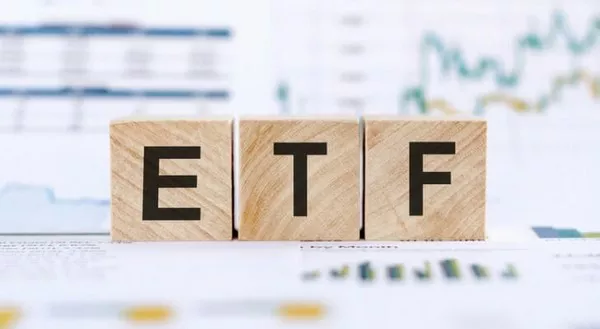In the ever-evolving world of forex trading, understanding the intricacies of various trading strategies is crucial for success. One such strategy that has gained prominence is the deployment of swap long and swap short positions. In this article, we will delve into the depths of these concepts, unraveling their significance in the dynamic landscape of the forex market.
1. Introduction to Swap Long and Swap Short in Forex Trading
In the realm of forex trading, swap long and swap short refer to the interest rate differentials between the two currencies involved in a trade. These differentials can either work in favor of the trader, resulting in a positive swap, or against them, leading to a negative swap. Let’s explore the nuances of each.
1.1 Understanding Swap Long Positions
Swap long, also known as a long swap or positive swap, occurs when a trader holds a position overnight and earns interest on the currency they have bought. This interest, commonly referred to as a rollover rate, is the profit generated due to the higher interest rate of the currency being held compared to the one being sold. Traders often strategically use swap long positions to capitalize on favorable interest differentials.
1.2 Navigating the Waters of Swap Short Positions
Conversely, swap short, or a short swap, takes place when a trader earns interest on the currency they have sold overnight. This happens when the interest rate of the currency sold is higher than that of the currency bought. Traders may opt for swap short positions strategically to leverage these interest rate disparities, aiming to optimize their overall trading performance.
2. Factors Influencing Swap Long and Swap Short
The dynamics of swap long and swap short positions are influenced by a myriad of factors, each playing a pivotal role in determining the ultimate outcome of these trades.
2.1 Interest Rate Differentials
At the core of swap long and swap short positions lie interest rate differentials between the two currencies. Traders keenly analyze central bank policies and economic indicators to forecast interest rate movements, thereby making informed decisions on whether to enter swap long or swap short positions.
2.2 Market Volatility and Liquidity
Market conditions, particularly volatility and liquidity, can significantly impact swap rates. During times of high volatility, swap rates may experience fluctuations, making it imperative for traders to monitor market conditions closely when considering swap long or swap short positions.
2.3 Economic Calendar Events
Scheduled economic events, such as central bank meetings and economic data releases, can trigger sudden shifts in interest rates. Traders need to stay abreast of these events to anticipate potential changes in swap rates and make timely decisions on their positions.
3. Strategies for Maximizing Profits with Swap Long and Swap Short Positions
Successful forex traders employ various strategies to capitalize on swap long and swap short positions, aiming to optimize their returns. Here are some proven strategies to consider:
3.1 Carry Trading
Carry trading involves taking advantage of interest rate differentials by going long on a currency with a higher interest rate and short on a currency with a lower interest rate. This strategy relies on maintaining positions for an extended period, allowing traders to accrue positive swaps over time.
3.2 Economic Calendar Alignment
Aligning your trading activities with major economic calendar events can be a strategic move. By anticipating interest rate changes and adjusting your swap long or swap short positions accordingly, you position yourself to capitalize on market movements triggered by these events.
3.3 Risk Management
Prudent risk management is crucial when dealing with swap long and swap short positions. Setting stop-loss orders and regularly reviewing and adjusting your trading strategy can help mitigate potential losses and enhance overall profitability.
4. Conclusion: Navigating the Forex Seas with Swap Long and Swap Short Wisdom
In the intricate world of forex trading, swap long and swap short positions provide traders with additional tools to navigate the market. By understanding the factors influencing these positions and implementing sound strategies, traders can potentially enhance their profitability and make informed decisions in the ever-changing landscape of the currency markets. Remember, staying informed and adapting to market conditions are key to success in the dynamic realm of forex trading.


